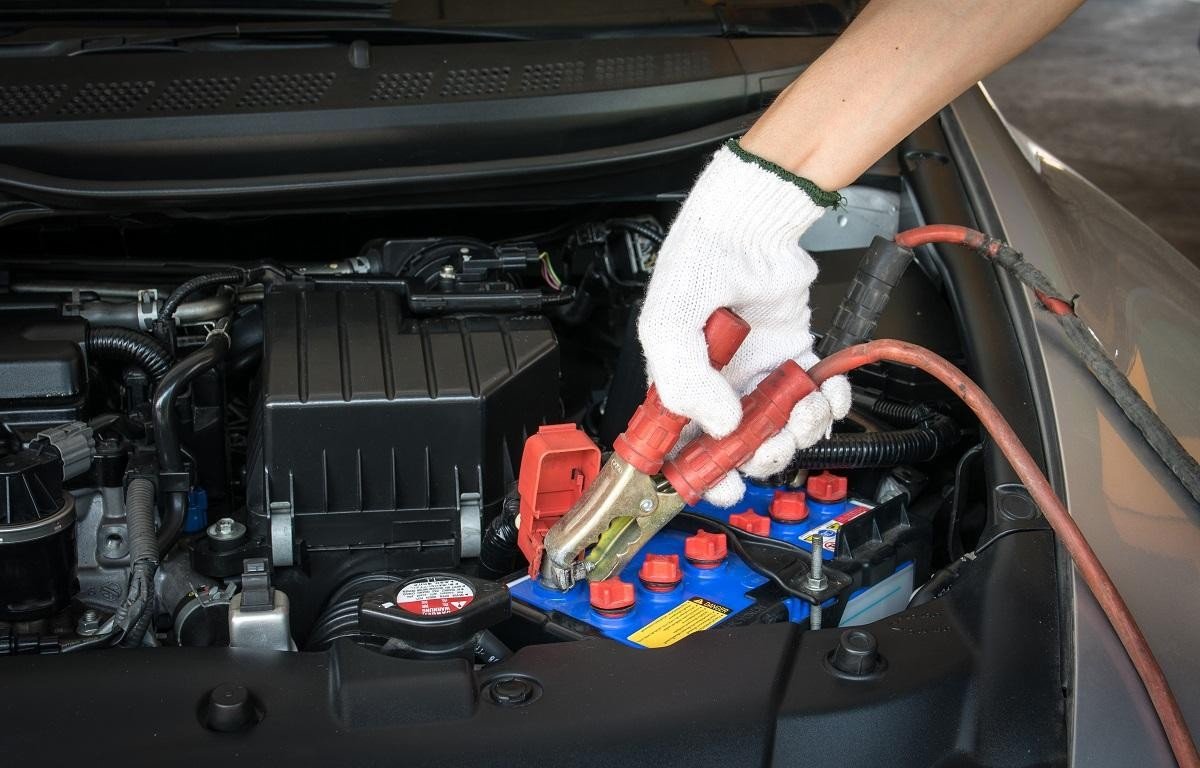The disposal of automotive batteries creates more complex issues than people typically recognize. Different groups of people fail to appreciate the dangerous elements related to these power systems. Knowing the hazard classification of automotive batteries is necessary for safety along with adherence to regulations for everyone who owns vehicles or maintains them or handles these units frequently. The following discussion provides complete information about the safety risks involved with automotive batteries.
What Hazard Class Do Automotive Batteries Fall Under?
The chemical composition of both lithium-ion and lead-acid automotive batteries prompts government authorities to regulate hazardous materials. Various international agencies alongside the U.S. Department of Transportation (DOT) create automotive battery classification frameworks through substance analyses and safety risk assessments.
Hazard Classification for Different Types of Automotive Batteries

- Lead-Acid Batteries:
- The reaction mixture belongs to Hazard Class 8 (Corrosive Substances) because sulfuric acid present in it leads to severe burns while posing environmental dangers.
- Lithium-Ion Batteries:
- The reaction mixture belongs to Hazard Class 8 (Corrosive Substances) because sulfuric acid present in it leads to severe burns while posing environmental dangers..
Why Are Automotive Batteries Considered Hazardous?
- Lead-acid batteries contain strong acids within which cause detrimental burns to any contacting body.
- Lithium-ion batteries contain the danger of fire and explosion because they heat to dangerous levels when they sustain damage or receive improper treatment.
- Heavy metals such as lead cadmium and nickel found in certain batteries create environmental dangers and health threats to human beings.
- The hazard of electrical short-circuits results in both severe electrical shocks while creating the risk of fires.
Safe Handling and Storage Guidelines

To minimize risks, follow these best practices:
- The proper storage location for batteries includes a dry and cool temperature setting which should be separate from flammable materials.
- It is necessary to use gloves alongside goggles when you handle damaged batteries.
- Regular trash disposal of batteries is prohibited—certified recycling centers offer the proper solution.
- Lithium-ion batteries must remain away from both intense heat and forces that produce pressure.
Transportation and Disposal Regulations
Transporting automotive batteries requires compliance with strict regulations:
- Proper labeling and proper packaging requirements exist within DOT Regulations as part of hazardous materials transport guidelines.
- Lithium-ion batteries need to comply with restrictions set by the airline transport regulations of the International Air Transport Association.
- cona,merica and other nations enforce EPA regulations as well as recycling laws which mandate certified recycling centers for proper waste disposal to safeguard the environment..
Latest Updates on Automotive Battery Regulations
With the rise of electric vehicles (EVs), new regulations are emerging:
- Better Lithium-Ion Battery transport rules with stricter packaging requirements and handling protocols have been established because of rising fire incidents.
- Governments across the world continue to develop eco-friendly methods for battery disposal through sustainable recycling programs.
- Automakers now have to meet new standards for EV battery safety to stop both overheating and explosions within electric vehicles..
Final Thoughts: Stay Informed, Stay Safe
The knowledge of automotive battery hazard classification goes beyond regulation compliance since it safeguards your safety and environmental protection status. The implementation of current guidelines becomes essential for any activity related to handling, storage or disposal of automotive batteries. Your understanding of automotive battery hazards through information enables safety prevention and regulatory compliance with environmental sustainability benefits..

